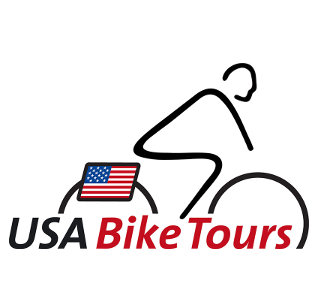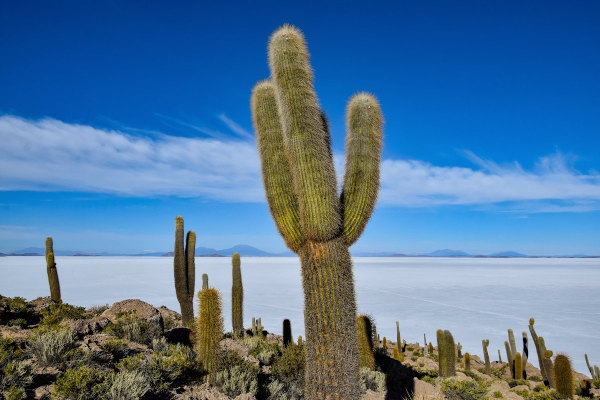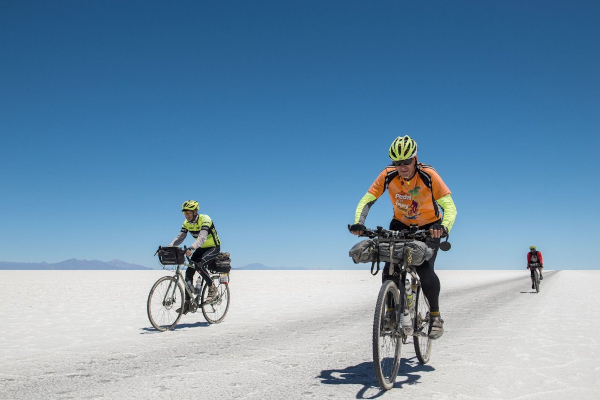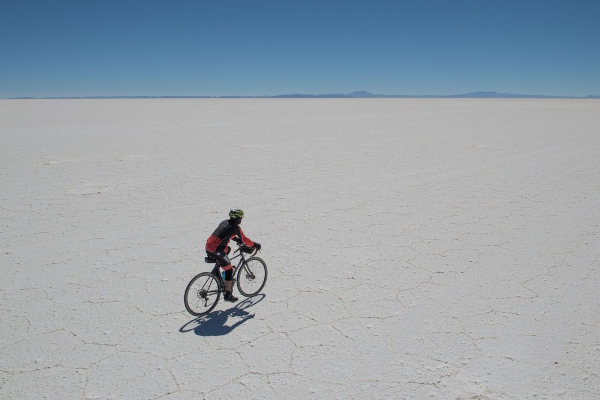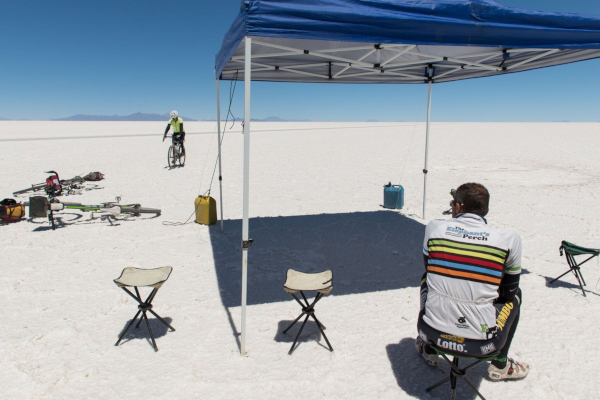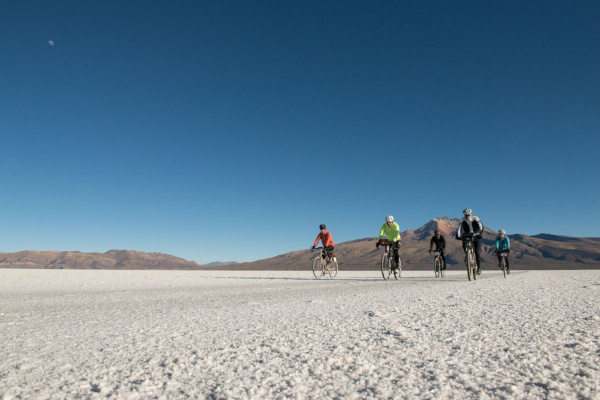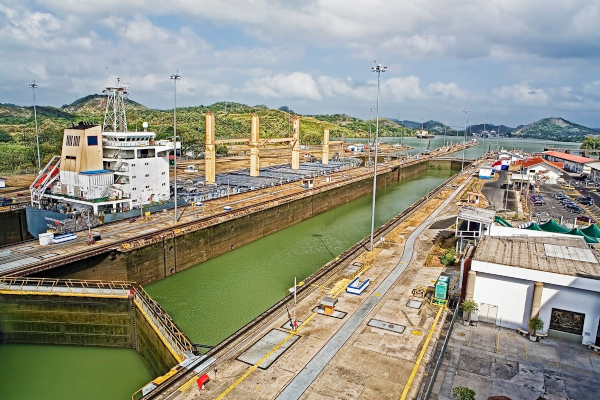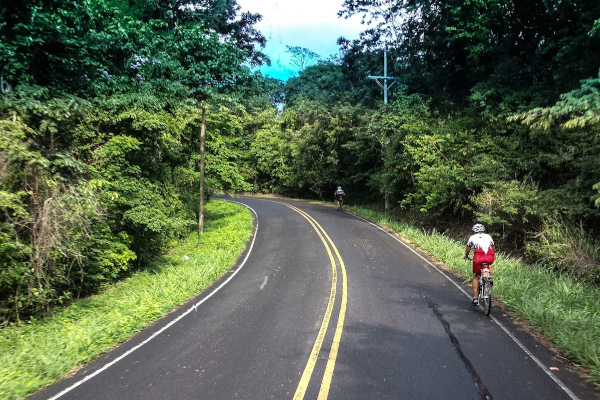South American Epic section 6
Cycling the Salt Flats
South American Epic 6. Cycling the Salt Flats, La Paz to Salta.
A few days after pedaling out of La Paz, our intrepid riders will have the unique opportunity of cycling and camping on the other-worldly, Salar de Uyuni, the world’s largest salt flat. A six day trek brings you into Salta in Northern Argentina.
Highlights
- Ride across the salt encrusted Salar de Uyuni
- Camp in a Meteor Crater
- Beautiful barren landscapes of Northern Argentina
- Sample Argentinian wines in Salta
Details
| Type | Tour bike |
| Duration | 14 days |
| Level | Challenging |
| Support | Guided |
| Total distance | 839 mi / 1350 km |
| Group size | min.10 max. 45 |
| Lodging | Camping, hotels |
| Bicycle | Bring your own |
| Month | September, October |
| Start | La Paz |
| Finish | Salta |
| States or country | Bolivia, Argentina |
| Airport start | La Paz- El Alto LPB |
| Airport finish | Salta, Martín Miguel de Güemes SLA |
Starting from $ TBA
*Please note the prices are subject to change depending availability *
